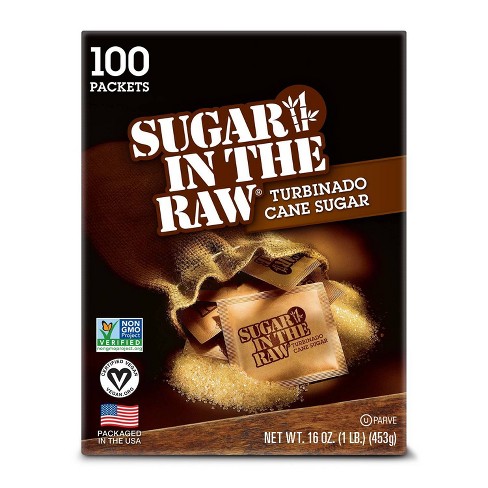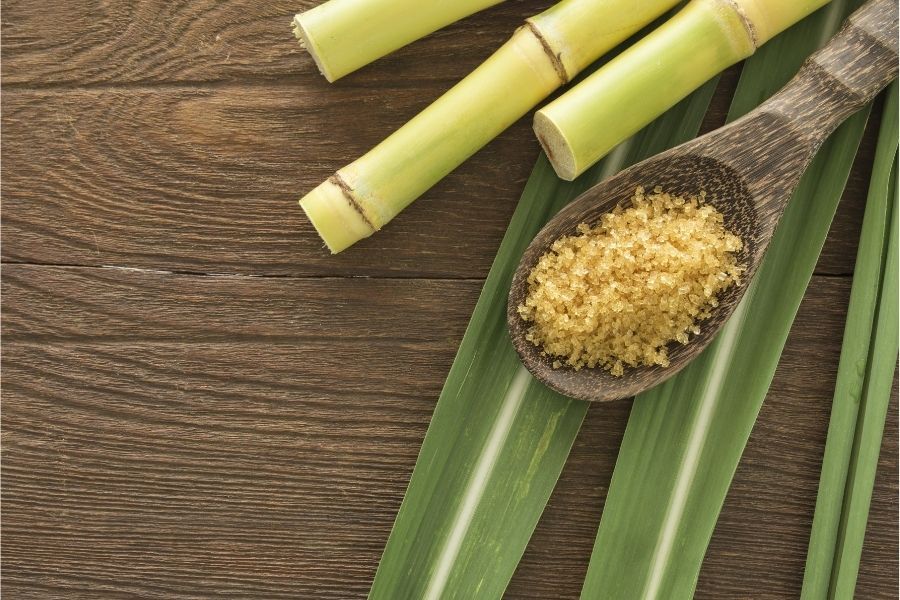Recognizing the Vital Techniques and Technologies Used in Modern Cane Sugar Handling
The development of walking stick sugar processing has been substantially shaped by the combination of sophisticated methods and innovations that deal with both effectiveness and sustainability. As we explore these vital developments, it ends up being vital to take a look at exactly how they not just boost manufacturing yet also align with wider market patterns and consumer needs, elevating inquiries regarding the future of sugar processing and its implications for global markets.
Historic Context of Walking Stick Sugar Processing
The historical context of walking cane sugar processing reveals an abundant tapestry of agricultural development and cultural exchange that has actually shaped its development over centuries. Stemming in Southeast Asia, sugarcane was grown as early as 8000 BCE - Cane Sugar Processing. The process of removing and fine-tuning sugar gained energy in India, where techniques for condensation were refined around the 6th century. This expertise went across to the Center East, and by the 12th century, sugar became a valued asset in Europe, leading to the facility of sugar plantations in the Mediterranean.

Advanced Removal Methods
Efficiency in walking stick sugar removal has seen substantial innovations, driven by the demand for higher yields and lower production prices. Standard techniques have developed, providing means to ingenious modern technologies that enhance the effectiveness of the extraction process. One noteworthy innovation is making use of enzyme-assisted removal, wherein specific enzymes damage down cell wall surfaces and launch even more sucrose from the cane fibers. This technique not just increases sugar yield however also minimizes the energy needed for handling.
Additionally, the adoption of membrane purification technologies, such as nanofiltration and turn around osmosis, has revolutionized the splitting up of sugar from contaminations. These approaches enable the careful permeation of sugar molecules while maintaining bigger pollutants, enhancing the extraction process and decreasing waste.
In addition, the assimilation of constant extraction systems has led to improved operational efficiency. Cane Sugar Processing. These systems keep a consistent flow of walking stick product, ensuring optimum extraction problems and lowering downtime linked with set handling
Cutting-edge Refining Technologies
Refining methods in walking cane sugar processing have undertaken a transformative change, driven by the need read what he said for greater pureness and enhanced product high quality. Among one of the most noteworthy advancements is the fostering of membrane filtering modern technologies, such as ultrafiltration and nanofiltration. These processes effectively remove impurities and colorants without the demand for comprehensive chemical treatments, therefore preserving the sugar's natural taste and boosting its charm.
Another substantial advancement is the use additional resources of ion exchange resins, which permit discerning removal of undesirable ions from sugar options. This modern technology not just increases the general pureness of the end product however likewise contributes to minimized waste and environmental impact.
Furthermore, advancements in adsorption techniques, using triggered carbon and various other innovative materials, have verified effective in decolorizing sugar options while keeping optimal quality. The assimilation of these innovative refining technologies guarantees that producers can generate polished sugar with premium quality and taste, meeting the advancing preferences of customers.
Automation and Control Equipment
Recent improvements in refining modern technologies have led the way for substantial renovations in automation and control systems within walking stick sugar processing facilities. These systems utilize sophisticated software application and equipment to improve functional efficiency, lower human error, and ensure regular item quality.
Modern automation integrates various elements, consisting of sensors, actuators, and programmable logic controllers (PLCs), allowing real-time monitoring and control of important processes. As an example, temperature level, circulation, and stress rates can be exactly regulated during extraction, information, and formation stages, maximizing efficiency and reducing waste.
In addition, progressed data analytics and machine knowing algorithms play a critical duty in predictive upkeep, allowing drivers to expect devices failings before they take place. This proactive technique not just lowers downtime but likewise prolongs the life expectancy of equipment.
In addition, automation promotes the application of Sector 4.0 concepts, empowering sugar mills to accomplish greater connectivity and data exchange across procedures. Because of this, decision-making becomes even more nimble and informed, eventually enhancing the total competitiveness of walking cane sugar manufacturing. With these developments, the market is well-positioned to satisfy expanding international needs while keeping functional excellence.
Sustainability Practices in Sugar Manufacturing
Sustainability practices in sugar production have come to be increasingly necessary as the industry seeks to balance economic practicality with environmental obligation. As customer awareness grows pertaining internet to the ecological impacts of agricultural methods, sugar manufacturers are taking on innovative techniques to reduce their environmental footprint.
One considerable strategy is the implementation of accuracy farming methods, which make use of information analytics to enhance resource usage, such as water and plant foods. This decreases waste and decreases the influence on regional ecological communities. Moreover, many manufacturers are transitioning to renewable resource resources, such as biomass from sugarcane results, to power their procedures, thereby reducing dependence on nonrenewable fuel sources.
Water management techniques are also important; rainwater harvesting and efficient watering systems assist alleviate water shortage concerns. Cane Sugar Processing. Furthermore, incorporated pest administration methods reduce chemical usage, promoting biodiversity and soil wellness
Company social obligation efforts are emerging, with companies spending in neighborhood neighborhoods and making sure fair labor practices. By welcoming these sustainability methods, the sugar market not only enhances its credibility however also adds to an extra lasting agricultural landscape, leading the way for future generations.

Verdict
In recap, modern-day walking stick sugar processing incorporates an array of sophisticated techniques and modern technologies that dramatically boost sustainability, yield, and performance. Collectively, these innovations position the walking stick sugar market to satisfy contemporary needs while attending to vital international obstacles.
The evolution of walking cane sugar handling has been substantially formed by the combination of advanced strategies and innovations that resolve both efficiency and sustainability.The historic context of cane sugar handling exposes an abundant tapestry of farming development and cultural exchange that has shaped its development over centuries. Innovations in milling and refining arised, laying the foundation for modern-day walking cane sugar handling.Refining methods in walking stick sugar processing have actually gone through a transformative shift, driven by the demand for higher pureness and enhanced product high quality.In recap, modern walking stick sugar handling includes a range of sophisticated strategies and technologies that substantially boost sustainability, performance, and return.